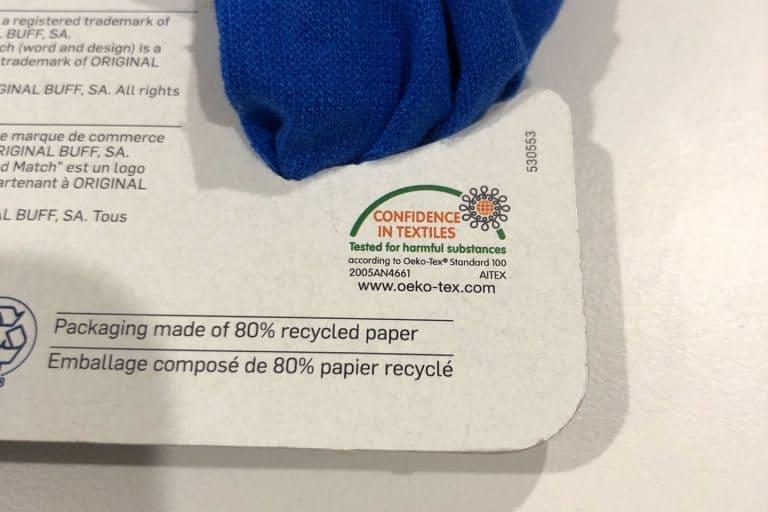
Cotton is horrible when wet. It gets heavy, feels damp and clings. Add cold weather, and your well-being goes south.
Merino Wool fabrics naturally manage moisture. It’s the way the wool prevents the sheep from catching a cold when wet.
What exactly is Moisture Management?
It’s the ability of a fabric to draw moisture away from the skin and distribute it evenly. The emphasis is on evenly. The more even it is, the less the skin feels it.
The finer the Wool, the better the effect.
Australian Merino Wool is the finest and softest in the world.
That’s why outdoor enthusiasts love it and manufacturers prefer it.
It gets better: Merino Wool can absorb up to 30% of its weight in moisture and still feel dry.
Limitations
Once the fabric is completely soaked in water, it loses its ability.
The good news is that you just have to squeeze the water out. Then it will resume wicking the rest and return to feeling comfortable.
How to easily check other fabrics for MM
Test it
The easiest is to take an eyedropper with water and put one drop on the fabric. Just see how the fabric sucks up the drop and how it is spread across the fabric. Compare it to your Buff® Merino, and you get a good feeling about what that fabric will do to your skin.
Have a close look
How thick do the filaments of the fabric look. Not the yarn itself. The little strands that make up the yarn.
If you are in a shop that stocks quality merino wool products, you should be able to compare different fabrics. The finer the strands are, the better the fabric will manage moisture.









